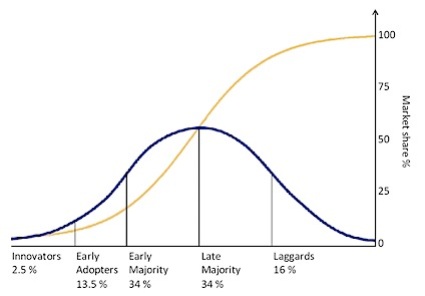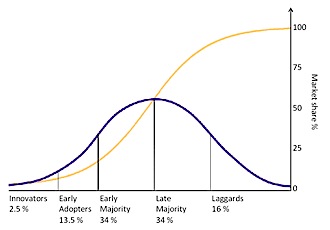 by kaibara87
by kaibara87
The opinion piece I wrote for Xconomy has been published. Luke Timmerman asked me on Monday to examine the bill and the sections that impacted the Biotechnology industry. I had not even realized there were parts of the huge healthcare reform bill.
I started writing on Monday evening and got Luke my version by about 1 PM on Tuesday (I had to take my car to the shop for its 15,000 checkup or I would have been done sooner). Luke had some edits and it was ready by early evening.
Everything was done using online technologies. Even 5 years ago it would have been hard to put this all together in such a short time. I essentially started from zero on the specifics (I mean how many people have actually read any of the healthcare reform bill itself?), educated myself rapidly, used my background of 25 years in the industry to form an opinion and composed the piece. I then carried on a ‘conversation’ with Luke to get it into final shape.
I found the relevant parts using Open Congress’s interface, which allows you to link to specific paragraphs, as well as leave comments. It presents a unique way for citizens to interact with the legislation that our Congress is working on. Not only are there links to every piece of information one may want, there are also links to news stories, and other facts (Like the Senate version has over 400,000 words.)
Without this web site, it would have been very difficult to even find the sections dealing with biotechnology, much less try to understand them, It was very easy to search for the relevant sections and get an understanding of what they really said. I read a few articles online to get some other viewpoints and then wrote my opinion of the sections.
The fact that the biotechnology industry now gets 12 years of market exclusivity for its products, several years longer than for the small molecule drugs sold by pharmaceutical companies, is really a pretty big deal.
There has been uncertainty for several years over this time frame, with the FTC feeling there should be little or no market exclusivity outside of the patent time frame to the industry’s organization, BIO, which wanted at least 12 years without regard of patent considerations.
Not knowing just how long a time period a new biologic might be free of competition can have a large effect on determining which therapeutics make it to the market place. Now those who model the value of a product have much surer time frames to work with.
I do not think the bill is as friendly to those companies hoping to create ‘generic’ biologics called biosimilars. While it does delineate a path to government approval, the legislation does not make it easy. There are some substantial costs for getting approval of these products. They may not be very much cheaper than the original therapeutic itself. and they do not get any real exclusivity for their products in the end.
For many possible follow-on biologics it will simply be too expensive to take them to market. The large costs incurred while doing this will also make it harder for them to take market share away from a biologic, which has had 12 years of unfettered ability to market itself and its positive results to the customers. at least market share based on cost.
And, as I read the section dealing with patent issues, I became even more aware of the hard road for these follow-on generics. In order to get patent issues dealt with before the follow-on biologic is marketed, the patent holders/licensees of the original drug must be furnished the same information that is submitted in the application to the FDA – the results of clinical trials, assays to determine the follow-on biologic’s potency, stability, etc.
It seems to me that this could open up all sorts of shenanigans. And it appears to be more than regular generics have to do. From what I could determine, a company hoping for approval of a generic simply has to provide the patent numbers that cover the drug it is proposing to market. I could find nothing to indicate that it must turn over all the data of the generic to its direct competitor before going to market.
How many companies will be willing to provide their direct competitor with all the information present in its application to the FDA? It seems to me a place where some mischief could occur.
Now, I did not have time to review the complete history of these sections. I’m sure I could find all the committee testimonies on these parts. Perhaps someone out there has more detailed information. I’d love to pull an Emily Litella and say “Never Mind.”
So, this bill settled something really important for the biotech industry and, while bringing some clarity to the idea of biosimlars, also introduced some possible complications.
I have to say it was fun to use the power of the Web to investigate the issue and form some opinions. Using technology to move information around faster is part of what SpreadingScience does.
 by cliff1066™
by cliff1066™





